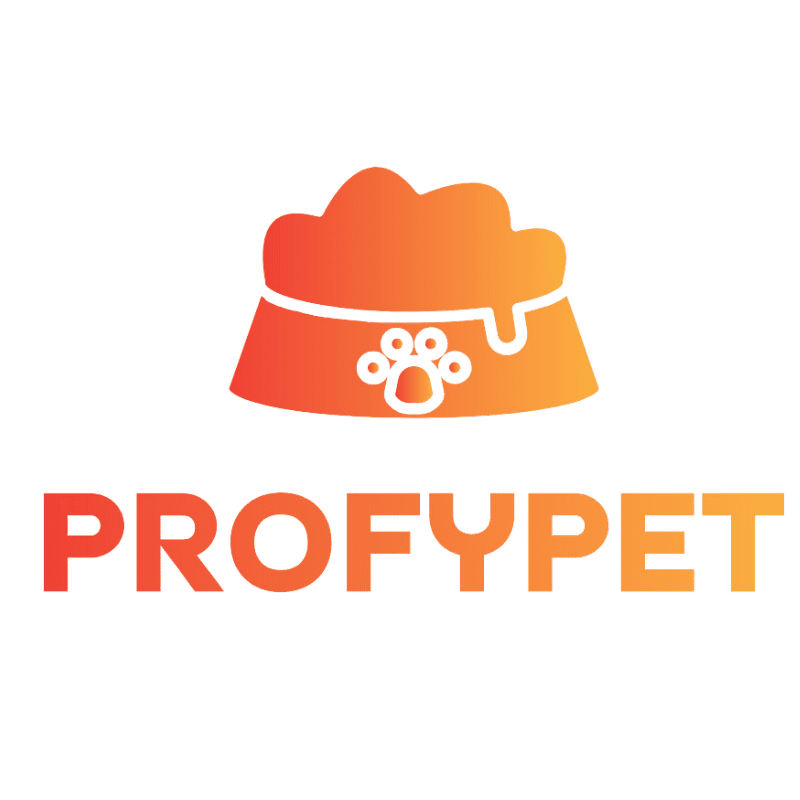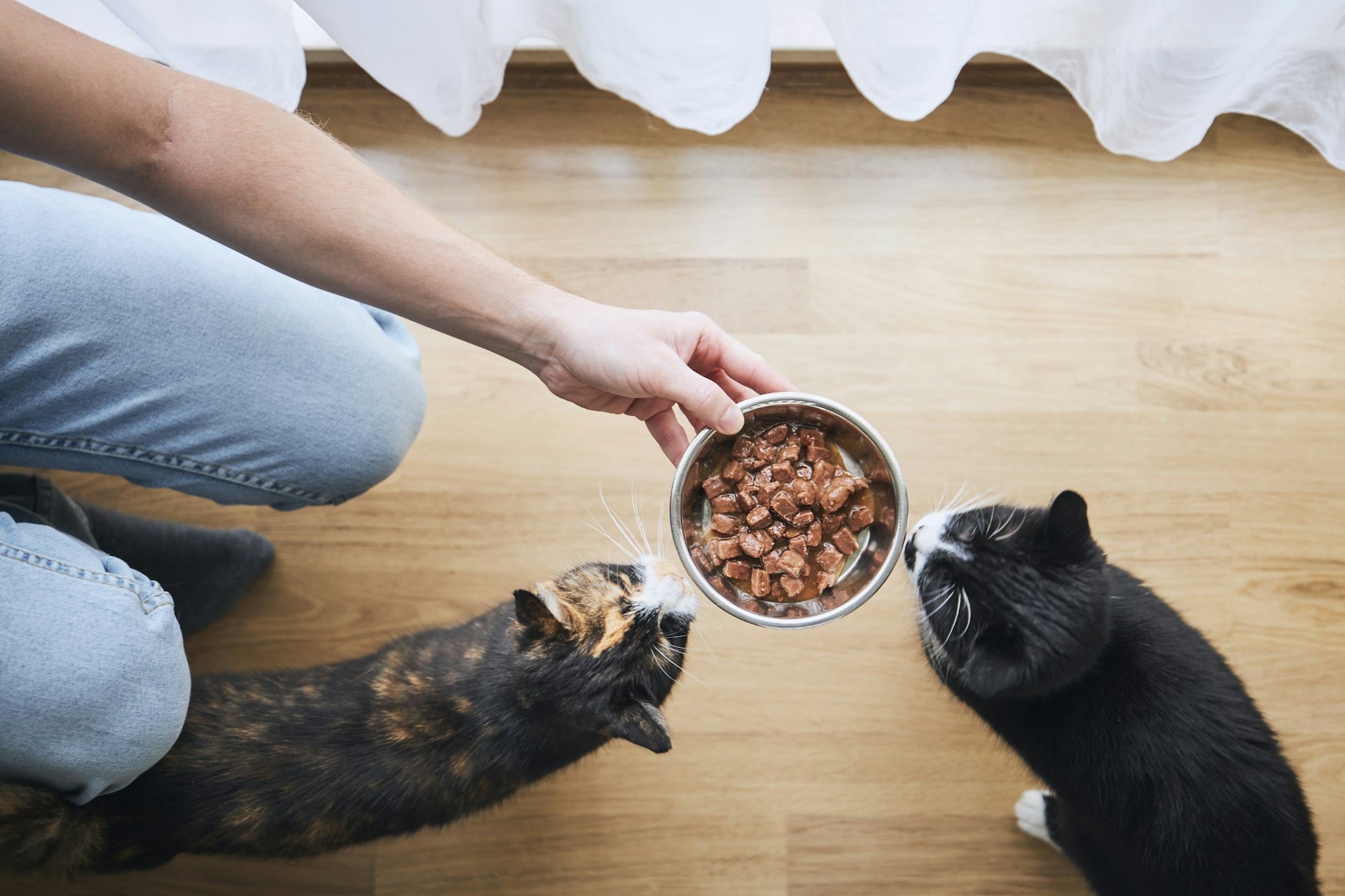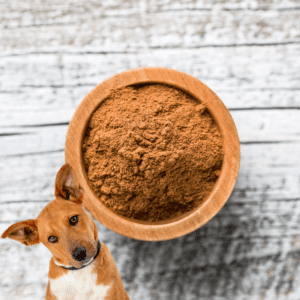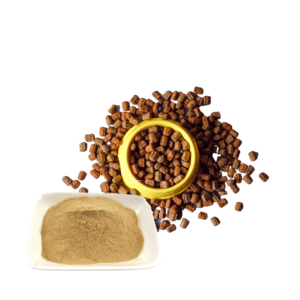


- Unveiling Palatants: The Secret Ingredient in Your Cat’s Food
- Crafting Palatable Kibbles: The Art and Science of Pet Food
- Exploring the World of Pet Food Palatants: Types and Applications
- Enhancing Palatability in Animal Feed: The Role and Benefits of Palatants
- Unlocking the Science of Palatability in Pet Food: Understanding What Keeps Our Pets Coming Back for More

What are pet food preferences in dogs and cats?
Pet food preferences in dogs and cats can vary based on individual tastes and experiences. Some pets may prefer wet food over dry food, or vice versa. Some pets may prefer certain flavors or types of protein, while others may be more open to trying new foods.

It is important to keep in mind that pets have different nutritional needs, and it is important to choose a diet that meets these needs. You should consult with a veterinarian to determine the best diet for your individual pet.
In general, dogs tend to be more open to trying new foods and flavors than cats. However, it is still important to introduce new foods gradually and monitor your pet’s reactions to ensure that they are able to tolerate the new food.
If you are unsure what type of food your pet prefers, it can be helpful to try offering a variety of different types and flavors to see what they like best. You may also want to consider speaking with a veterinarian or a pet nutritionist for guidance on choosing the right diet for your pet.
What are the factors influencing pet food palatability?
There are several factors that can influence the palatability of pet food, or how appealing a particular food is to a pet. Understanding these factors can help pet owners choose the most appropriate and appealing diet for their pets.
One key factor is the smell of the food. The aroma of a food can be a major factor in its palatability for pets, as they have a highly developed sense of smell. Some pets may be more attracted to foods with a strong, appetizing smell, while others may be more sensitive to certain odors and less likely to eat the food. Pet food manufacturers often use flavor enhancers or pollutants to improve the smell and taste of their products, in order to make them more appealing to pets.

The flavor of the food is also an important factor in its palatability. Different pets may have their own unique preferences when it comes to flavors, and certain flavors may be more appealing to certain species. For example, cats are often more attracted to fish-flavored foods than dogs. In addition, the intensity of the flavor can impact palatability – some pets may prefer more subtle flavors, while others may prefer bolder flavors.
Texture is another factor that can influence pet food palatability. Some pets may prefer wet or soft foods, while others may prefer dry or crunchy foods. The texture of the food can affect how appealing it is to a pet, as well as how easy it is for them to eat and digest.
The nutrient content of the food can also impact its palatability. Pets may be more attracted to foods that are high in protein or fat, as these nutrients are important for maintaining their overall health. In addition, pets may be more likely to eat foods that are fortified with certain vitamins and minerals, such as taurine for cats or calcium for dogs.
Finally, individual preferences can play a role in a pet’s food palatability. Some pets may have strong food preferences and only enjoy certain types or flavors of food, while others may be more open to trying new foods. It is important to consider a pet’s individual preferences when choosing a diet, and to be open to trying different options in order to find the most suitable and appealing food.
In summary, there are several factors that can influence the palatability of pet food, including smell, flavor, texture, nutrient content, and individual preferences. Understanding these factors can help pet owners choose the most appropriate and appealing diet for their pets and can help to ensure that their pets are getting the nutrients they need to maintain good health.

Assessing preference and effectiveness of dog food flavor enhancers
There are several methods that can be used to assess the preference and effectiveness of dog food flavor enhancers. These methods can be used to determine which flavors and types of flavor enhancers are most preferred by dogs and can help to identify factors that may influence their food choices.
One method is preference testing, in which dogs are presented with two or more options and their choices are observed. This can help to determine which option the dog prefers and can provide insight into the factors that influence their food choices.

Choice testing is similar to preference testing but involves offering the dog a choice between two or more options at each meal. This can provide more detailed information about the dog’s preferences and can be useful for identifying trends or patterns in their food choices.
Free-access testing involves providing the dog with access to multiple options and allowing them to choose which option to eat. This can provide a more realistic representation of a dog’s food preferences, as it allows them to choose their own meals rather than being presented with a limited selection.
In addition to these methods, other techniques such as measuring food intake or using trained panelists to assess the appeal of different foods can also be used to assess the preference and effectiveness of dog food flavor enhancers.
It is important to keep in mind that individual dogs may have their own unique preferences when it comes to food and flavor enhancers, and what works for one dog may not work for another. It may be necessary to try a variety of different options in order to determine the most effective and appealing flavor enhancer for a particular dog.
What can be done to increase the palatability of cats’ food?

There are several strategies that can be used to increase the palatability of cat food:
- Add flavorful additives: Adding broth, gravy, or other flavorful additives to dry food can make it more appealing to cats. Wet food is often more palatable to cats than dry food, so adding a small amount of wet food to dry food can also be helpful.
- Offer a variety of flavors and textures: Cats can get bored with the same food day after day, so offering a variety of different flavors and textures can help to keep them interested in their meals. This can also help to ensure that they are getting a balanced diet.
- Consider the nutrient content: The nutrient content of the food can influence its palatability. Cats have a biological requirement for animal protein and certain nutrients that are found only in animal-based foods, such as taurine. Choosing a diet that meets these requirements and is nutritionally balanced can help to increase the appeal of the food.
- Introduce new foods gradually: When introducing a new food to a cat, it is important to do so gradually to give them time to adjust. Mixing a small amount of the new food in with their current food and gradually increasing the amount over time can help to increase the chances of them accepting the new food.
- Consult with a veterinarian: If you are having trouble getting your cat to eat, it is important to consult with a veterinarian to rule out any

Pet palatability testing
Pet palatability testing is a common method used in the pet food industry to assess the appeal of different foods and flavors to pets. This can be done through the use of trained panelists or through the use of objective measures, such as food intake or preference testing.
Trained panelists are individuals who are trained to evaluate the palatability of pet food based on factors such as aroma, texture, and flavor. They may taste the food themselves or observe the reactions of pets to the food in order to provide a subjective assessment of its palatability.
Objective measures, such as food intake or preference testing, involve measuring the amount of food consumed or the choices made by pets when given a choice between multiple options. These measures can provide a more objective assessment of the palatability of the food and can be useful for identifying trends or patterns in pet food choices.
Pet palatability testing can be useful for identifying factors that influence the appeal of different foods and flavors to pets and for developing new products or flavors that are more likely to be accepted by pets. It is an important consideration in the development and marketing of pet food products.
Nutrient Requirements of Dogs and Cats

Dogs and cats have different nutrient requirements, and it is important to choose a diet that meets these needs. Factors such as age, size, activity level, and overall health can all impact a pet’s nutritional needs.
Dogs are omnivorous, which means that they can eat both plant and animal-based foods. They require a balanced diet that includes a variety of nutrients, including protein, fat, carbohydrates, vitamins, and minerals. The specific nutrient requirements of dogs can vary based on their size, age, and activity level. For example, puppies and growing dogs have higher energy and nutrient needs than adult dogs, and active dogs may have higher nutrient needs than sedentary dogs.
Cats are obligate carnivores, which means that they have a biological requirement for animal protein. They also require certain nutrients that are found only in animal-based foods, such as taurine and arachidonic acid. It is important to choose a diet that meets these requirements and is nutritionally balanced in order to support the overall health of cats.
In addition to meeting the basic nutrient requirements, it is also important to consider the overall quality of the diet and the presence of any potentially harmful ingredients. It is generally recommended to choose a diet that is made from high-quality, whole ingredients and is free from artificial preservatives, colors, and flavors. Consult with a veterinarian or a pet nutritionist for specific recommendations for your pet.
Profypet attractants for pet food contain these ingredients to increase pet nutrition
Compound amino acid is especially added to provide energy for our pets, keep them strong, and improve their immunity. Brewer’s yeast is a natural additive, which is healthy and harmless. It’s also beneficial to pets. It can promote growth, enhance immunity, prevent disease, supplement nutrition, and relieve stress.

Conclusion of assessing Food Preferences in Dogs and Cats
In conclusion, it is important to consider food preferences in dogs and cats when choosing a diet for your pet. There are several factors that can influence the palatability of pet food, including smell, flavor, texture, nutrient content, and individual preferences. Understanding these factors can help pet owners choose the most appropriate and appealing diet for their pets and can help to ensure that their pets are getting the nutrients they need to maintain good health. Assessing the preference and effectiveness of dog food flavor enhancers can be done through methods such as preference testing, choice testing, and free-access testing. There are also several strategies that can be used to increase the palatability of cat food, such as adding flavorful additives, offering a variety of flavors and textures, and considering the nutrient content of the food. It is important to meet the nutrient requirements of dogs and cats and to choose a diet that is nutritionally balanced and made from high-quality, whole ingredients. Consulting with a veterinarian or a pet nutritionist can be helpful in determining the best diet for your individual pet.












